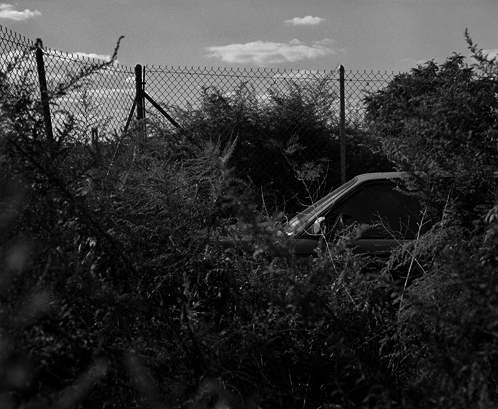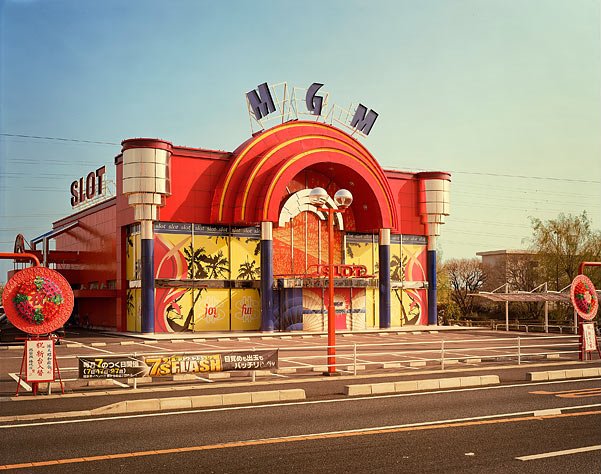 Frauke Eigen is currently showing her series Shoku at London's Atlas Gallery. The series is "inspired by recent visits to Japan" and this comes through in both the subject matter and the approach. These black-and-white images are taken right up close to their subject bringing texture and form to the fore. These are arguably distinguishing features of Japanese photography. In general, Western art presents a framed scene where the totality of the subject is displayed, whereas in Japanese art the subject of a piece may be a small detail (please forgive this gross generalisation). This focus on texture and detail has led to some of the great series of Japanese photography, Kikuji Kawada's Chizu (The Map) and Shomei Tomatsu's Nagasaki 11:02, which I posted about on the anniversary of the Hiroshima atomic bombings.
Frauke Eigen is currently showing her series Shoku at London's Atlas Gallery. The series is "inspired by recent visits to Japan" and this comes through in both the subject matter and the approach. These black-and-white images are taken right up close to their subject bringing texture and form to the fore. These are arguably distinguishing features of Japanese photography. In general, Western art presents a framed scene where the totality of the subject is displayed, whereas in Japanese art the subject of a piece may be a small detail (please forgive this gross generalisation). This focus on texture and detail has led to some of the great series of Japanese photography, Kikuji Kawada's Chizu (The Map) and Shomei Tomatsu's Nagasaki 11:02, which I posted about on the anniversary of the Hiroshima atomic bombings.
On first viewing I really liked Shoku. The images, although very different, fit together well to form a coherent series. I particularly like the 'portraits', if they can be called that. The way these are tightly cropped, leaving out the eyes, draw the eye to things that we often don't see, the roundness of a cheek or the slope of an upper lip. The lines of a face or a naked breast combine well with the geometry of a window pane or paving stone (some of these images reminded me of Yasuhiro Ishimoto's New-Bauhaus-influenced early work). But despite all of this, there is a certain orientalist, exoticist quality to the work that makes me a little uneasy. I have seen a couple of interesting posts recently on this issue that I recommend reading. Maybe it is the shots of the fabric of a kimono or of cherry blossoms in bloom, but sometimes the Japaneseness of these images is laid on a little too thick for me. The gallery's spiel doesn't help, but that is to be expected, "a gentle rhythm leads the viewer from one print to the next, always balanced, always serene, an aesthetic of simplicity akin to Zen." I think this bothered me because many of the images manage to take inspiration from a Japanese aesthetic while taking it into what feels like a new direction.
Apparently the prints are on super-matt paper which is laminated with a rice starch. I would like to see the prints themselves as with subtle work like this, the print is often a crucial part of the work.



